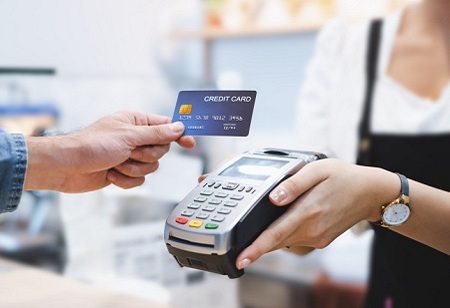India payment card market to exceed $728 billion in 2027
By Consultants Review Team

India’s card payment market is projected to nearly triple from $262.1 billion in 2022 to $728.2 billion in 2027, driven by increasing consumer spending, says GlobalData, a data and analytics firm. GlobalData’s Payment Cards Analytics provides that card payments value in India activated a strong rise of 26.2% in 2022, supported by the enhancing economic conditions. This trend is expected to continue in 2023 and is set to rise by 28.6% to reach $337.2 billion in 2023.
“India, which is primarily a cash-driven economy, made robust progress in the adoption and usage of card payments supported by improvement in payment infrastructure and constant efforts by financial authorities to increase financial inclusion and boost cashless payments,” said Ravi Sharma, Lead Banking and Payments Analyst at GlobalData. The post-COVID-19 pandemic recovery in card payments was mainly driven by credit and charge cards, with this card category growing by 53.0% in 2021 and 46.7% in 2022, as consumer spending increased on travel, accommodation, restaurants, and transportation. Loyalty programs and reward benefits such as discounts and installment facilities are also aiding credit and charge card growth. This trend is expected to continue in 2023, as credit and charge card payments are expected to grow by 38.1%.
Debit card payments, on the other hand, are expected to grow at a slower pace of 9.5% during the same period. Experts said as eCommerce brands continue to penetrate deeper into the remote roots of the country, cash on delivery will continue to be prominent - despite the growth of digital payments. “While overall for India, digital transactions are expected to grow this year led by mobile app-based payments and UPI, the same will not be true for the ecommerce industry. Cash on delivery transactions is still about $30 billion of the Indian ecommerce market. Even though there has been an acceleration in the adoption of online shopping, the same pace of adoption for digital payments is not observed," said Chirag Taneja, co-founder at GoKwik. "Low trust in the eCommerce brand they placed orders from, digital security concerns, the need for product satisfaction before payment, lesser penetration of digital payments deeper into tier 2 and tier 3 cities are some of the reasons for it."
The growth in card payments is also driven by the government's push to improve electronic payment infrastructure. In January 2021, the Reserve Bank of India (RBI) set up Payments Infrastructure Development Fund (PIDF) to expand payment infrastructure. Contribution to this fund is made by the RBI, card schemes and banks. The fund offers subsidies to merchants on installation of POS terminals and QR codes. As part of the directive by the RBI in June 2022, merchants can avail 60-75% subsidy on the cost of POS terminal installation and 75-90% subsidy on QR code. By December 2022, over 480,000 POS terminals and 18.3 million QR code acceptance points were deployed across the country using funds from PIDF.




